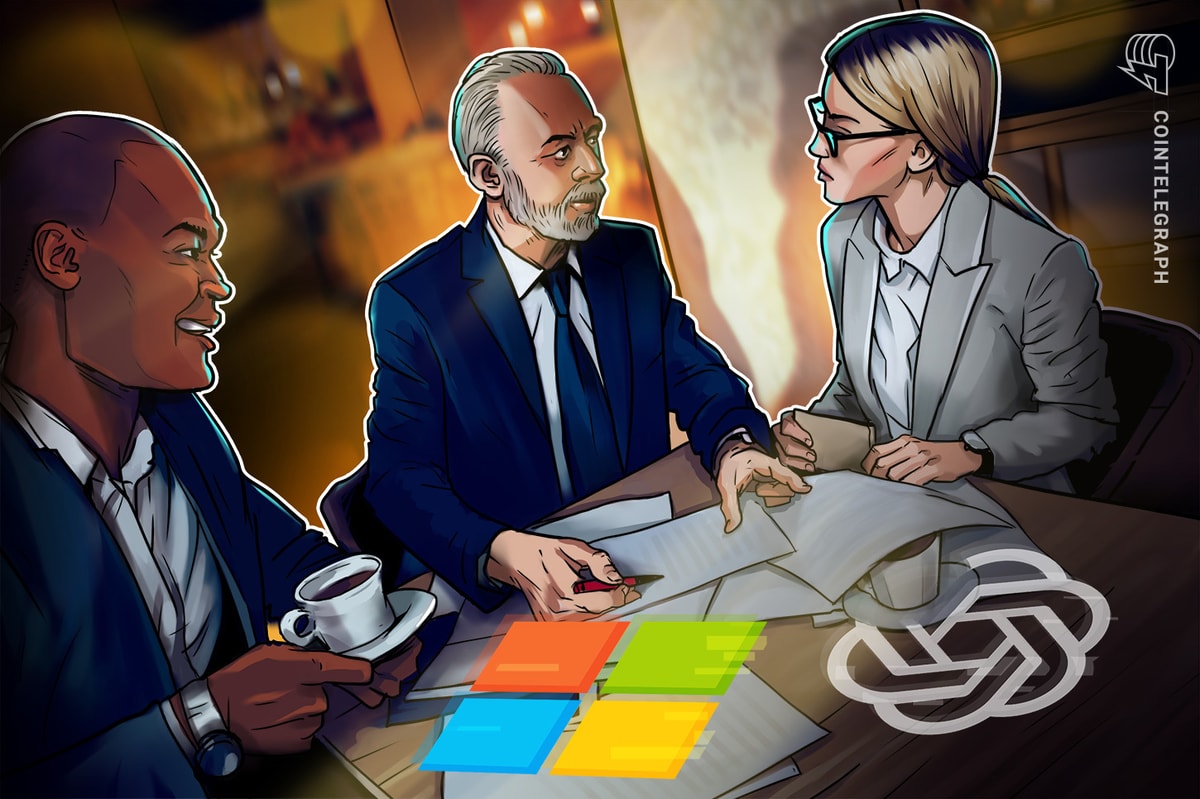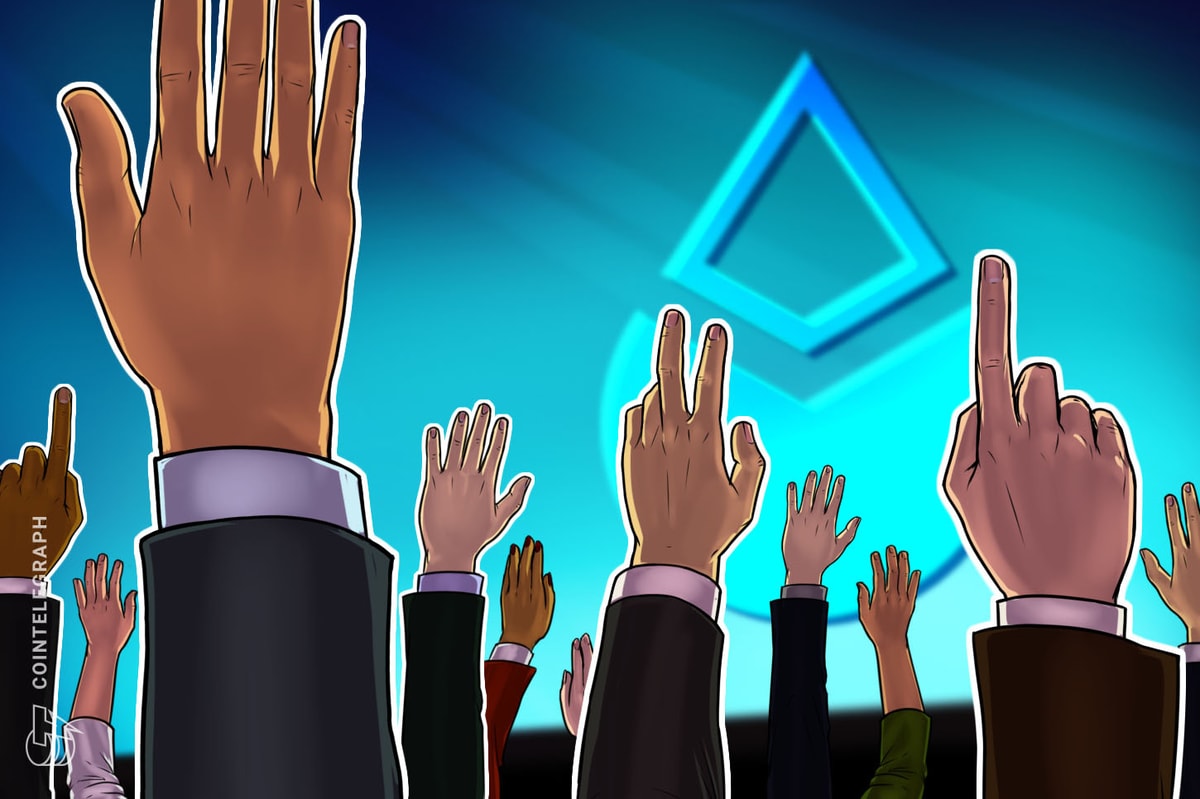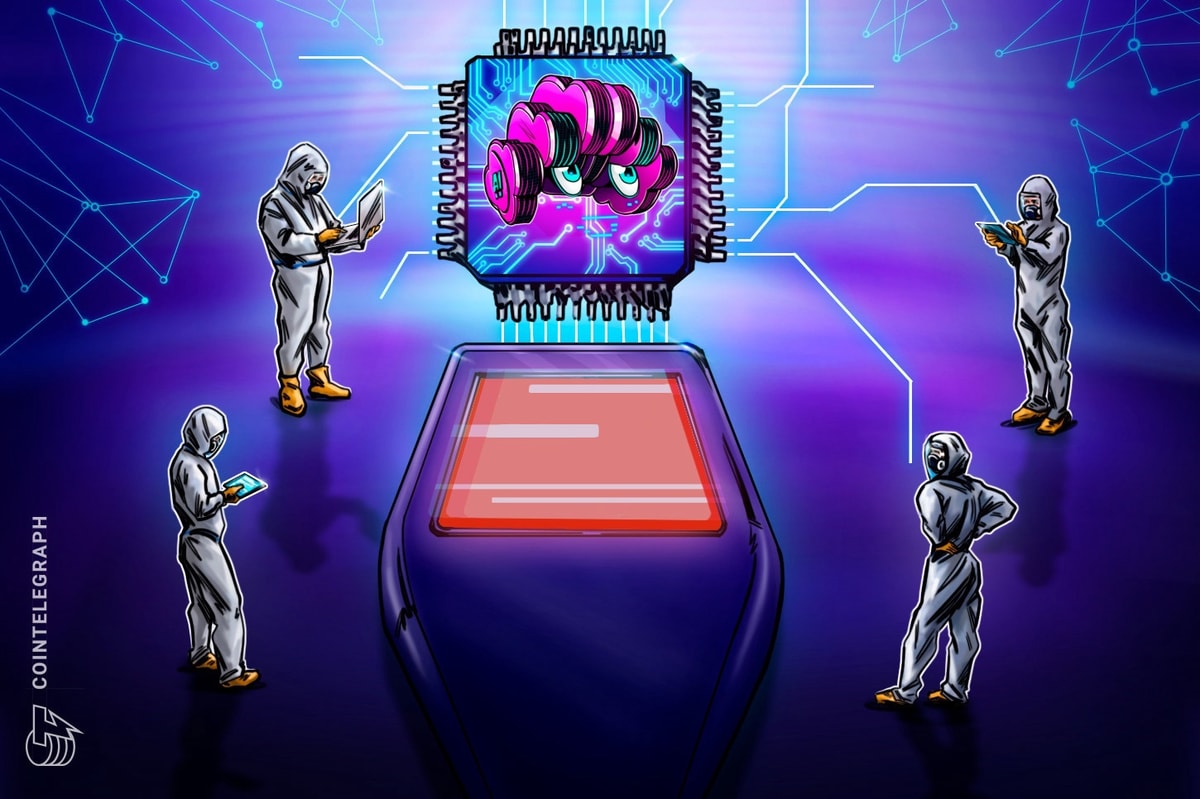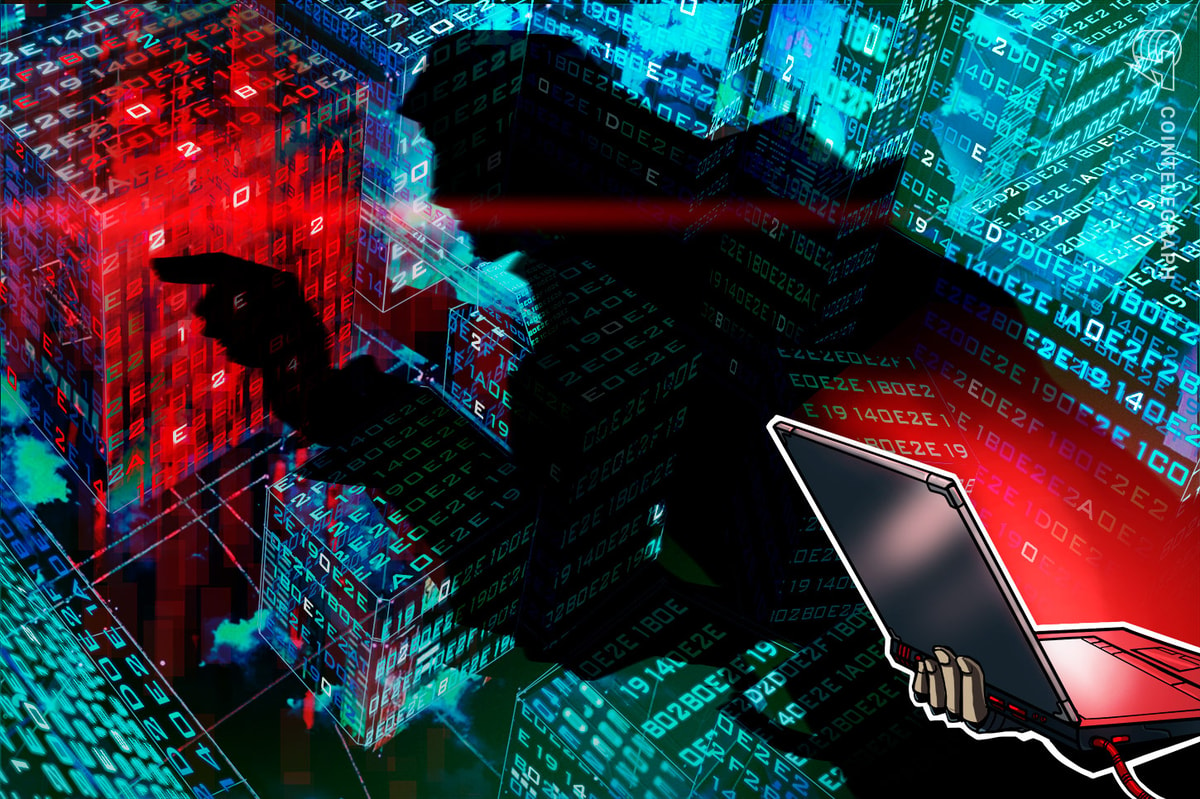As blockchain technology and artificial intelligence evolve in parallel, companies are looking into ways to combine their powers effectively. This interview delves into how these revolutionary fields are converging to create unique value propositions across industries. Through a discussion on real-world applications, data privacy and ownership, optimized trade discovery, and asset management, Mattereum CEO Vinay Gupta, Memri.io founder Ruben Daniels and NeoSwap CEO John Ennis reveal the challenges and opportunities that lie ahead in this rapidly evolving landscape.
Q: How do each of your projects leverage the combination of AI and blockchain technology to create unique value propositions in your respective industries?
Vinay Gupta: Mattereum is here as infrastructure for AI companies to buy things in the real world. Sellers bring their items to us, then we turn those assets into a machine-readable catalog entry called a Mattereum Asset Passport. AI systems evaluate those catalog offers and decide what they want to buy.
Here’s the magic: Each asset is legally bonded to an NFT, so the AI system just buys NFTs to take legal ownership of real-world assets from that catalog. AI systems can then resell that asset again using the NFT. This even works for physical real estate. You can buy actual buildings this way! It sounds impossible, but it’s live today. There’s a real estate pilot for sale.
Ruben Daniels: At Memri.io, we recognize that we need to focus on our cognitive, moral and creative capabilities, with sovereignty and in harmony with technological advancements.
Our platform, open to AI creators, provides data privacy and data ownership infrastructure, and enables individual and community users to actively filter, decide and cultivate meaningful content, connections and experiences. With blockchain, we enable self-sovereign identity and a fair, transparent way for a community of AI creators to earn income as they implement visions of humane technology in society.
John Ennis: NeoSwap blends AI and blockchain technology by leveraging AI for decision-making, data analysis and optimization while utilizing blockchain for transparency, security and permissionless reassignment of ownership through smart contracts.
Q: How do NeoSwap’s AI algorithms optimize trade discovery, and what are the key challenges in building a superpowered auction platform?
JE: NeoSwap’s AI algorithms optimize trade discovery by analyzing data from on-chain and off-chain sources, identifying the best-possible trades by leveraging individual arbitrage. Our primary challenges involve UX and design, as we introduce users to a new form of commerce.
Q: Memri.io’s tokenized marketplace has been described as an AI app store with privacy features. Can you elaborate on how these privacy features work, and why they are essential for your platform?
RD: As stewards of a regenerative future, we recognize that attention is our most valuable resource. Memri’s personal online datastore (pod) is a crucial tool in this regard, providing encryption keys that users control and confidential computing for trustworthy AI algorithms. With Memri, individuals can determine who receives their data and how it’s utilized, while the private infrastructure allows for intentional investment of attention. By reclaiming agency over our attention, both individuals and communities can participate actively in the co-creation of a regenerative future where we prioritize our health and well-being.
🚨 We gave our app a brand new look🚨
— Memri (@MemriApp) March 16, 2023
What do you think? More or less color? #AI #MachineLearning #not #chatgpt4 pic.twitter.com/F9qV7Mwkfb
Q: Mattereum aims to use AI to buy and sell high-value physical assets like real estate on the blockchain. How does AI contribute to the decision-making process, and what are the main obstacles to overcome in this space?
VG: We know by the end of this year that everything is going to be different. AI startups with billions of dollars of funding will be applying their technology to every facet of human life, with huge strides being made in the underlying platforms. But the real-world access moves at the speed of lawyers. Accountability needs bomb-proof audit trails. These AI companies need ultra-reliable data to decide if a high-value asset is worth buying. We have that data for them. The on-chain Mattereum Asset Passport is ultra-reliable, and the NFTs provide a way to buy and sell the physical assets right on-chain.
We are out ahead of this with a solution that we already know works for the lawyers. We plug the AI into the rails we have already built, including for asset classes like real estate, and the sky’s the limit.
Q: You are all working at the intersection between blockchain technology and AI. How do these two technologies work together?
VG: Blockchain was often attacked as a “solution without a problem.” AI is the problem: buying, selling, accountability, security and audit trails. Blockchain is the bridge for AI.
RD: Blockchain provides transparency, autonomy and decentralization in our AI app store and enables self-sovereign identity, which is essential for our mission of regenerative AI technology.
JE: AI and blockchain complement each other, with AI providing centralized decision-making and blockchain offering decentralized ownership records. Blockchain supplies rich data for training AI models, while its permissionless nature enables users to act on decisions effortlessly.
Q: What are the challenges of combining these two technologies and cultures?
VG: AI is the most rapidly adopted technology in human history. The blockchain space is pretty tired out. It’s been a long ride. Now we need to meld these two cultures.
RD: As we navigate the rapid evolution of both AI and blockchain, we acknowledge their distinct cultures, regulations and players. The uncertainty surrounding their combination is a responsibility and opportunity for us at Memri to model positive scenarios that honor human capacities. We approach this challenge with a regenerative mindset, recognizing that we have the strength to co-create a future that benefits all stakeholders, prioritizing the well-being of individuals and communities.
JE: NeoSwap’s biggest challenge has been getting web3 users to accept web2 behaviors, such as providing email addresses, for important follow-up communications. We implement standard web2 data security procedures and web3 measures like smart-contract auditing for blockchain activities.
Q: Collaboration is essential for innovation. Are there any plans for your projects to work together or share insights to further advance the intersection of AI and blockchain technologies?
VG: Very much so. We have a very natural partnership with NeoSwap. We get assets on-chain, and they match buyers and sellers using AI. It’s a natural fit!
RD: At Memri, we believe that collaboration and community-led approaches are the foundation of regenerative technology. We cannot create the future we want in isolation. We work together with our stakeholders to co-create solutions that meet their needs, and as an AI app store, we welcome all AI app developers and model makers that need personal data to operate.
JE: NeoSwap and Mattereum have announced a partnership, planning joint pilot projects soon.
Q: In terms of scalability and sustainability, how do your projects plan to address the increasing demand for AI and blockchain services?
VG: It’s all about the layer 2s. Also quite excited by Stacks and Ordinals — nice to be able to work directly on Bitcoin after all these years.
RD: Memri’s use of a small world network topology enables scale, and as most activities are off-chain, we are comfortable with the blockchain scaling.
JE: NeoSwap promotes global sustainability through more efficient commerce. As a multichain platform with most activities off-chain, we can operate on suitable blockchains for various use cases, ensuring scalability.
Q: Looking into the future, how do you envision the evolution of the AI and blockchain industries, and what role will your projects play in shaping this new landscape?
VG: We aim to be the premier gateway for real-world B2B adoption of AI in procurement and managing investment portfolios of physical assets, including real estate.
RD: At Memri, we are committed to serving a regenerative future with AI and blockchain technologies. We envision a future where individuals and communities co-create solutions that prioritize sovereignty, equity and well-being. We recognize that data and attention are regenerative resources, and we aim to use AI and blockchain to support individual, communal and local decision-making with a more decentralized and participatory approach. Our ultimate goal is to create trustworthy, collaborative and creative digital ecosystems that work for all life.
JE: At NeoSwap, we foresee a world where smart marketplaces, powered by NeoSwap's AI, become seamlessly integrated into daily life, enabling individuals to engage in personalized, efficient, and frictionless trade experiences. As the AI and blockchain ecosystems continue to grow, NeoSwap will be instrumental in redefining the way people interact with markets, driving economic growth, and ultimately creating a more connected and prosperous world.
Vinay Gupta, Ruben Daniels and John Ennis have valuable insights into the potential of combining AI and blockchain technologies. Their projects are breaking new ground in their respective industries and offer a glimpse into a future where the intersection of AI and blockchain revolutionize the way users interact with markets, manage assets and preserve privacy. As these technologies continue to evolve, the collaboration between companies and industries will become better, leading to a more connected, secure and prosperous world.
Disclaimer. Cointelegraph does not endorse any content or product on this page. While we aim at providing you with all important information that we could obtain, readers should do their own research before taking any actions related to the company and carry full responsibility for their decisions, nor can this article be considered as investment advice.












